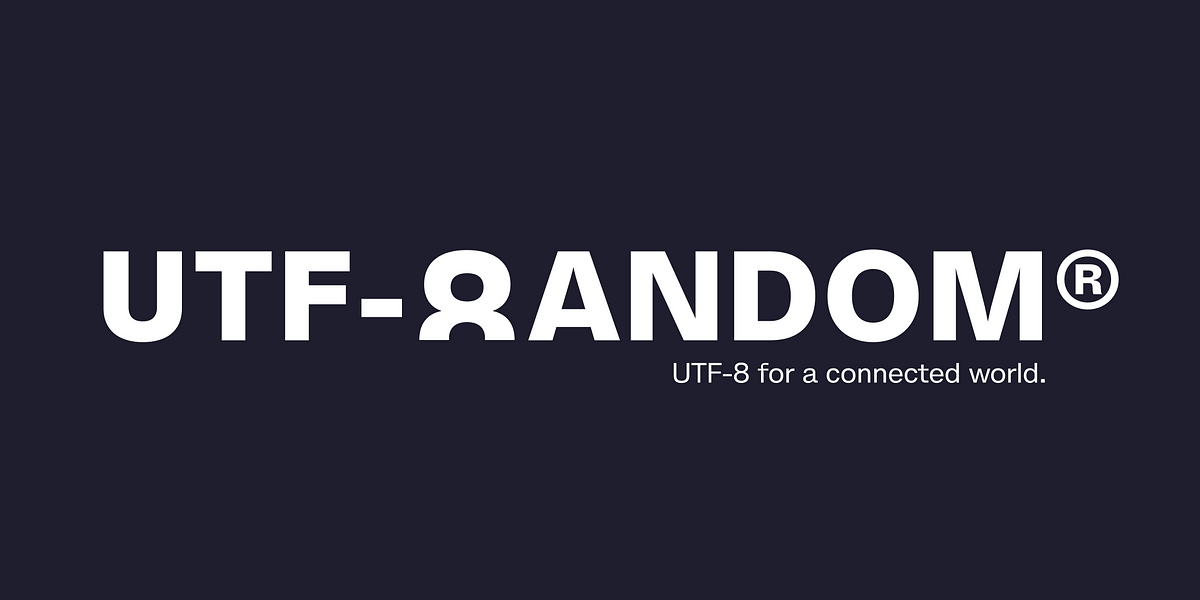- cross-posted to:
- programmerhumor@lemmy.ml
- cross-posted to:
- programmerhumor@lemmy.ml
This almost seems like a good idea... if unicode weren't already shaky enough.
UTF-8 is, honestly, pretty amazing. It lets you do things like compose latin-character text, and then interpose words like 𰻞.
That's 'biáng', which is, to my understanding, a kind of Chinese noodle dish. It's apparently the most complex Chinese character, comprising more than 50 strokes. (https://www.compart.com/en/unicode/U+30EDE).
In hex it's encoded as: 0xF0 0xB0 0xBB 0x9E
So, yeah, only 8 bytes to describe a character that looks like white noise to me unless I zoom WAY in on it! (My vision's getting pretty bad, tbh. I need it to be about the size it shows up on compart.com to make out the individual radical characters.)
If you were to count strokes on 'biáng', you end up with 5 bytes to encode 11 pen strokes or 2.2 strokes per byte. At 8 bytes to 57 pen strokes, the information density goes up to 7.125 strokes per byte.
So in Latin characters provided by UTF-8, you end up with very similar storage requirements. To encode the much more complex character, you get more than 3 times the information density.
Technical details: ������������������������������������������������������������������
Does this mean anything to anyone else? I just see question marks (on Lemmy and Fenic)


